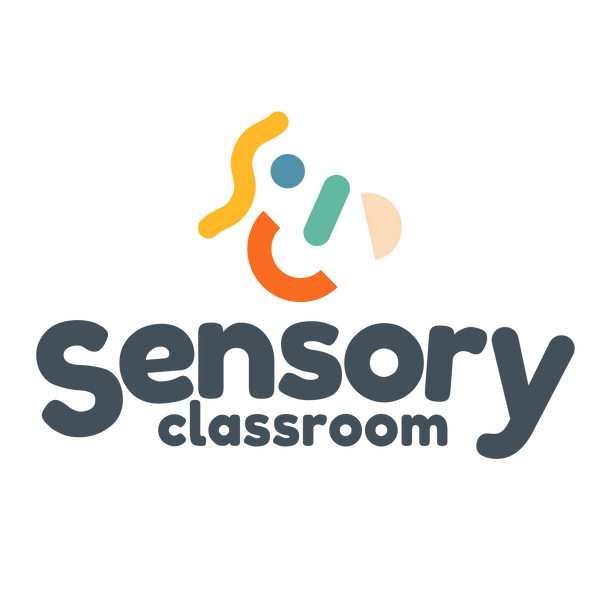SEND Teacher Interview Tips (From Someone Who’s Sat on Both Sides!)
So you’ve landed an interview for a SEND teacher role—huge congratulations! Whether it’s for a resource base, special school, or mainstream SEND provision, this post will help you feel more confident about what to expect and how to prepare.
I’ve sat through (and hosted) a lot of these interviews over the years—and trust me, they’re rarely about being perfect. It’s more about showing how you think, how you reflect, and how you’d adapt when things don’t go to plan.
Here’s what I’ve learned:
1. Be ready to explain your approach to behaviour
You’ll likely get a question around “challenging behaviour” or regulation needs. Schools want to see that your approach is calm, consistent, and rooted in understanding, not control.
Talk about co-regulation, sensory needs, and what helps children feel safe. Bonus points if you mention proactive planning or using visuals to support emotional expression.
Helpful tool:
Behaviour Plan & ABC Chart Template – you can reference this approach as part of your toolkit for tracking patterns and building positive, person-centred support.
2. Show you understand sensory regulation
If you’re working with autistic or neurodivergent learners, you will be supporting children who are either overstimulated, under-responsive, or struggling to filter what’s going on around them.
Understanding the why behind the behaviour is key—and being able to explain how you’d respond.
Helpful tool:
Sensory Profile Tool – use this to guide your thinking around sensory avoiders/seekers and how that shapes your classroom setup and timetable.
3. Be ready for an activity or case study
You might be asked to review a fictional EHCP, plan a quick session, or suggest interventions for a child with a complex profile.
Top tip? Don’t try to solve everything. Instead, talk about small, meaningful next steps—like introducing Intensive Interaction or starting sensory stories to build engagement.
Helpful tool:
Intensive Interaction Training – a brilliant approach to mention for pre-verbal or hard-to-reach learners.
4. Mention planning that’s realistic and sensory-first
SEND teaching is less about worksheets and more about engagement, flexibility, and connection. Bring up things like:
-
Sensory circuits or movement breaks
-
Using visual schedules, core boards, and communication aids
-
Hands-on, sensory story-based learning
Helpful tool:
Sensory Storytelling Training – it shows you understand how to teach through the senses, not just with words.
5. Let your passion shine
Honestly, this is the most important one. You don’t need to have all the answers—you just need to show that you care, that you’re reflective, and that you see the whole child, not just their label.
If you’ve got stories from placements or past roles, share them! It helps the panel imagine you in the role.
Final thoughts…
If you’ve got a SEND interview coming up—cheering you on all the way! And if you need practical, ready-to-use support to build your confidence, explore my full range of training resources here. You can learn on your own terms, with tools made by someone who’s been in your shoes.
You’ve got this.

